California National Forests Complete Record Number of Prescribed Fire Acres
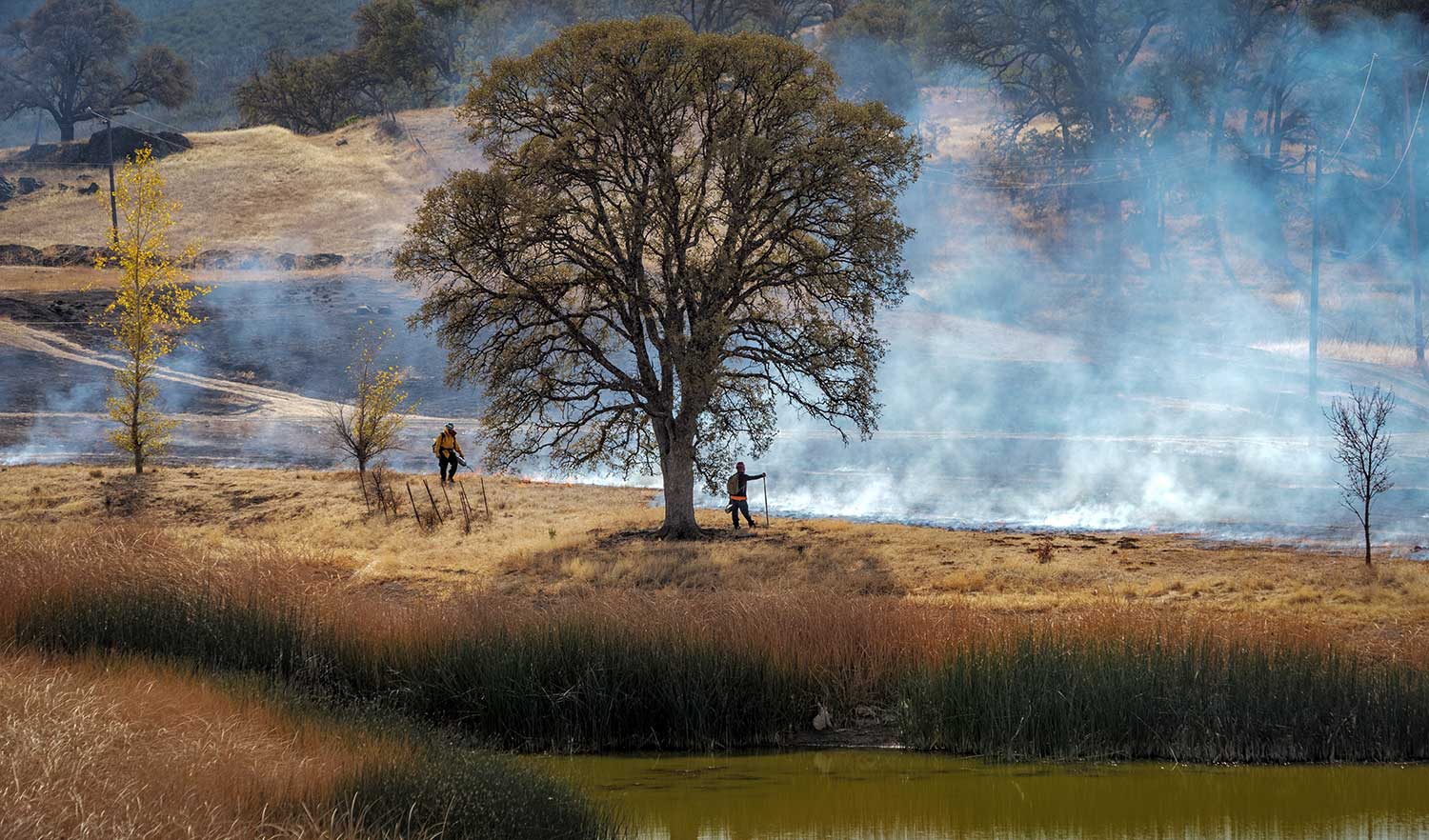
California National Forests Complete Record Number of Prescribed Fire Acres
As of June 24, the USFS has treated 63,878 acres with prescribed fire on national forests in California. The previous record was set in 2018 when 63,711 acres were treated. USFS fire managers are using prescribed fire to reduce hazardous fuels and reduce threats to communities from extreme fires. Reintroducing fire also minimizes the spread of pest insects and disease, recycles nutrients back to the soil, and improves natural conditions for native flora and fauna.
New Reports on Post-fire Restoration & Public Health Impacts of Wildfire
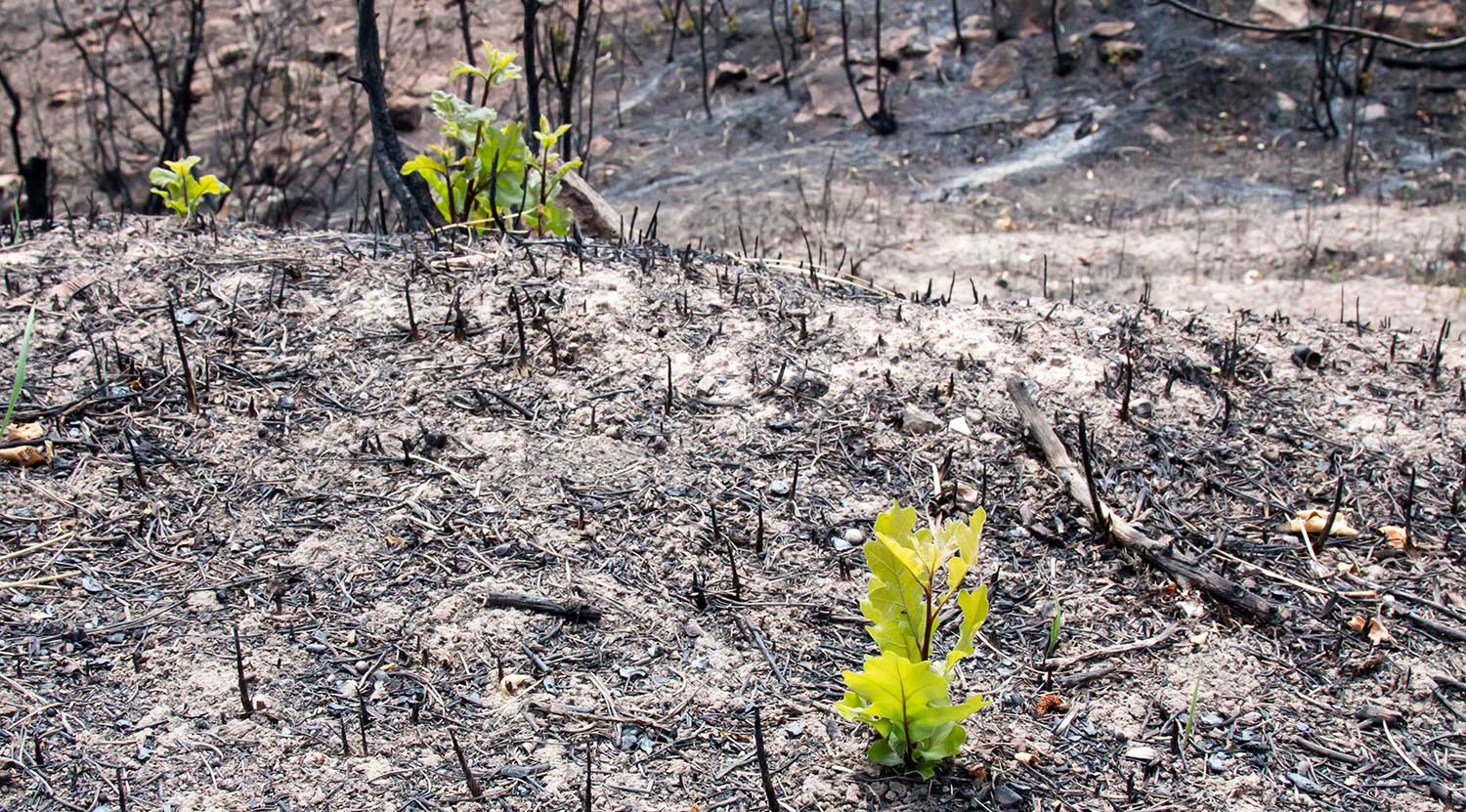
New Reports on Post-fire Restoration & Public Health Impacts of Wildfire
New Report on Emergency Forest Restoration Teams: Small private landowners often lack the funding, expertise, or time to undertake restoration work. To address these barriers, California’s Wildfire and Forest Resilience Action Plan called for the establishment of Emergency Forest Restoration Teams (EFRTs). In June, 2024 a report on lessons learned was released from three pilot EFRTs that were developed in late 2021 in response to the Dixie, Tamarack and Caldor Fires. The report provides key recommendations for future EFRTs to be successful.
New Report on the Public Health Impacts of Wildfire: This new scoping report covers the intersections of wildland fire and public health. Developed by UC Berkeley’s Center for Law, Energy, & the Environment in partnership with the Climate and Wildfire Institute, the report investigates key issues in the physical and mental health impacts of wildfire, provides an overview of the current state and federal policy landscape, and presents key recommendations for future resilience.
NFWF Announces 9 Large Watershed Planning Grants Totaling $53 Million for California National Forests

NFWF Announces 9 Large Watershed Planning Grants Totaling $53 Million for California National Forests
On June 24, the National Fish and Wildlife Foundation (NFWF) announced $53 million in grants to protect and restore forests and watersheds in California using voluntary, targeted headwater resilience planning and monitoring. The grants leverage $31.4 million in matching contributions, for a total conservation impact of $84.4 million. The awards were made possible by a first-of-its-kind agreement between the USDA Forest Service and NFWF. This effort pools multiple funding sources from public and private organizations to meet the level needed for effective landscape-scale projects to tackle California’s wildfire crisis.
Lake County Leverages Federal Support for Local Action
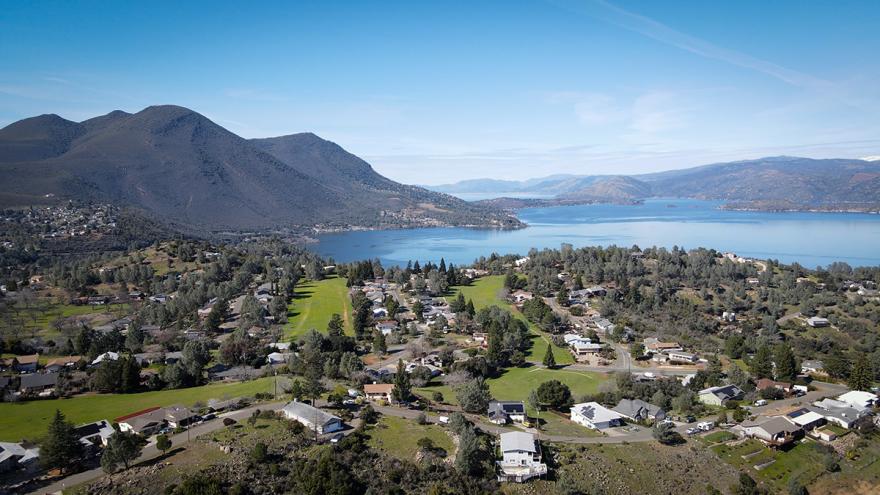
Lake County Leverages Federal Support for Local Action
The Clear Lake Environmental Research Center (CLERC) is utilizing a $9.8 million Community Wildfire Defense Grant from the USFS to give Lake County a much needed boost to reduce wildfire risk. With this grant, CLERC brought together multiple rural fire protection districts to clear overgrown brush from roadsides and support a brush chipping program that assists landowners with vegetation removal from their property. One of CLERC’s foundational principles is to hire local and ensure every dollar stays in the county. This project provides a blueprint on effectively leveraging federal funding to protect high fire risk areas in a way that incorporates place-based expertise and supports local economic growth.
New Pocket Guide Empowers Communities to Collect Seeds and Support Reforestation

New Pocket Guide Empowers Communities to Collect Seeds and Support Reforestation
Seed collection is a critical first step in successful reforestations projects. The new ‘California Cone Hunter’s Pocket Guide’ serves as an in-the-field reference for those assisting with seed surveys and seed collection in support of post-fire reforestation efforts. The pocket guide was created by seed bank managers, geneticists, seed collectors and Cone Corps members, led by the USDA Forest Service, CAL FIRE, and American Forests. The Pocket Guide is available in both electronic and printed formats and will be distributed at Cone Camp seed collection trainings.
Major Investments from USFS and CAL FIRE Reduce Wildfire Risk and Spur Wood Innovations
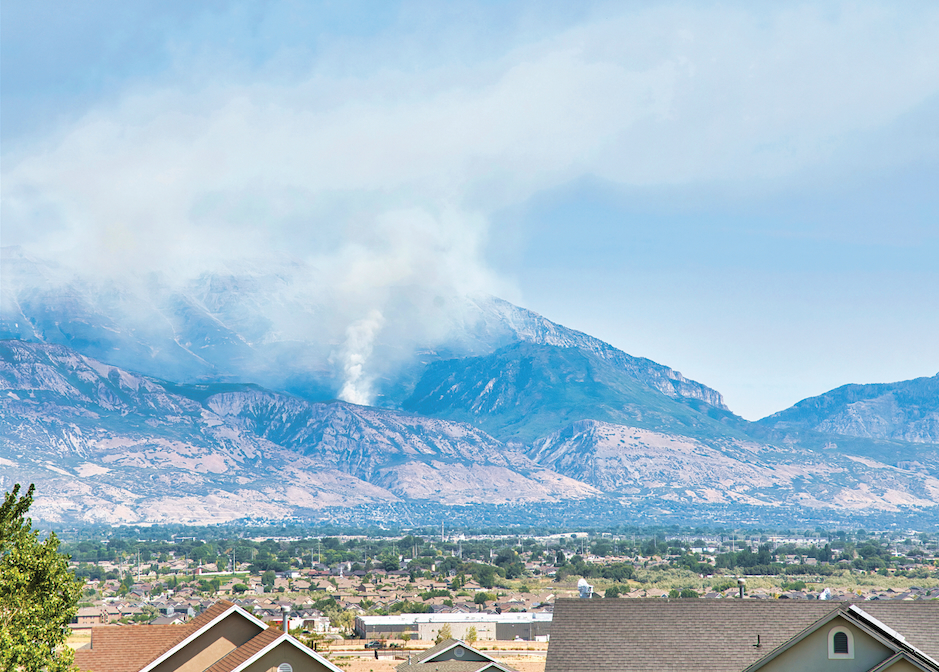
Major Investments from USFS and CAL FIRE Reduce Wildfire Risk and Spur Wood Innovations
California has received a critical boost from State and Federal grants for projects that support community wildfire defense, landscape health, workforce development, and wood products infrastructure. These investments will provide crucial funding for projects that will promote California’s wildfire resilience and climate-forward economy for years to come.
- On May 14 USDA Forest Service announced that California will receive over $40 million in Community Wildfire Defense Grants. The Community Wildfire Defense Grant Program will fund 15 projects across California to assist communities to plan for and mitigate wildfire risks to communities and build critical infrastructure to help confront the nations’s wildfire crisis.
- On May 15, the Forest Service announced Wood Innovations, Community Wood, and Wood Product Infrastructure Assistance funding for 26 projects totaling $12.7 million in California, including three tribal projects. The grants are meant to spark innovation, create new markets for wood products and renewable wood energy from sustainably sourced wood, and increase the capacity of wood processing facilities.
- CAL FIRE recently awarded Forest Health Grants to assist local and regional partners implement projects that span landscapes affected by eight catastrophic fires in the past decade. Beyond ecological resilience benefits, the investments provide jobs and private landowner support, predominantly to rural communities that have been most affected by wildfire.
- CAL FIRE is also supporting the wood products infrastructure with $17 million in Business and Workforce Development grant awards. 20 funded projects will increase capacity for utilizing forest biomass, workforce development and research and development into new uses for forest biomass, increasing the capacity for fuels treatments and helping the State to reach its forest management objectives.
New Online Resources Now Available to Help Prepare for Wildfires
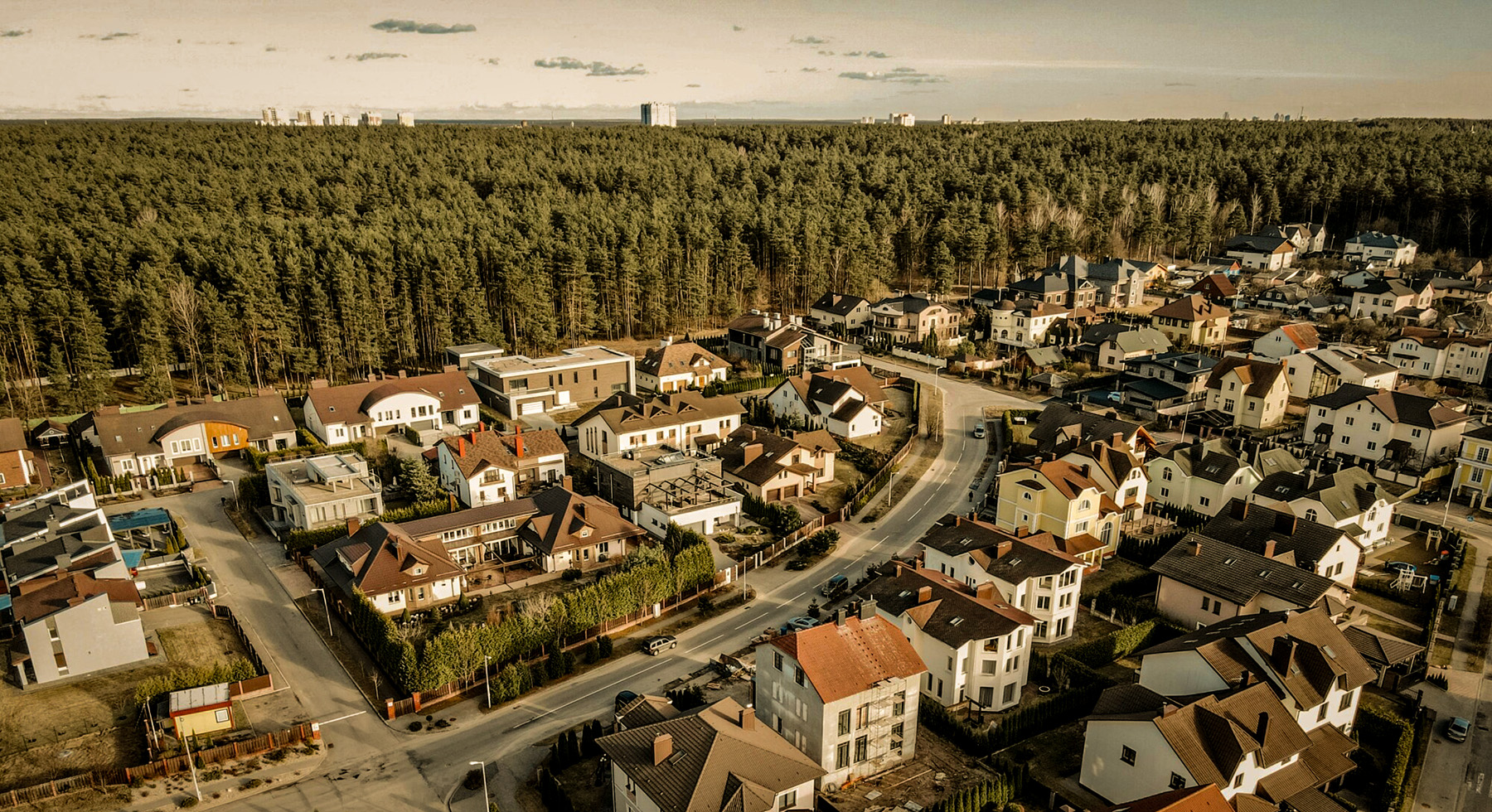
New Online Resources Now Available to Help Prepare for Wildfires
Understanding how best to prepare for wildfire season just got easier with several new, easy-to-navigate online resources that identify low-cost and achievable recommendations to protect yourself, your home and loved ones.
ready.ca.gov: On May 24, Governor Gavin Newsom announced the launch of ready.ca.gov, a new one-stop-shop for Californians to prepare for wildfires and other emergencies. The website is part of Listos California, a state effort that connects communities with resources before, during and after emergencies. The website offers resources and alerts for wildfire and wildfire smoke risks.
firePLANNER: CAL FIRE’s newly updated firePLANNER is a web-based platform that helps residents develop customized readiness plans for wildfire and other emergencies. It also provides information on preparing home and property for wildfire; creating an evacuation plan, including for pets and livestock; and special considerations to keep in mind during a wildfire. Users can also access information on active California wildfires. FirePLANNER is available in both English and Spanish.
wildfirerisk.org: The USDA Forest Service now offers an easy-to-use website to help communities understand, explore, and reduce wildfire risk. It includes interactive maps with the latest data and innovations in vegetation, weather, and fire behavior models, along with updated and improved building footprint datasets, a new funding section to help communities find grants and support for wildfire risk reduction, and a new feature called “Risk Reduction Zones” to help communities see the most effective mitigation activities in different locations.
wildfire defense videos: The Resource Conservation District of the Santa Monica Mountains released a series of wildfire defense videos to serve as an educational hub to provide home-hardening and defensible space information to prepare and defend your property and yourselves against wildfire ignition. The series provides guidance on home hardening, defensible space, fire ecology, and preparedness.
Federal Climate Financial Report Demonstrates Need for Proactive Action on Wildfire Resilience
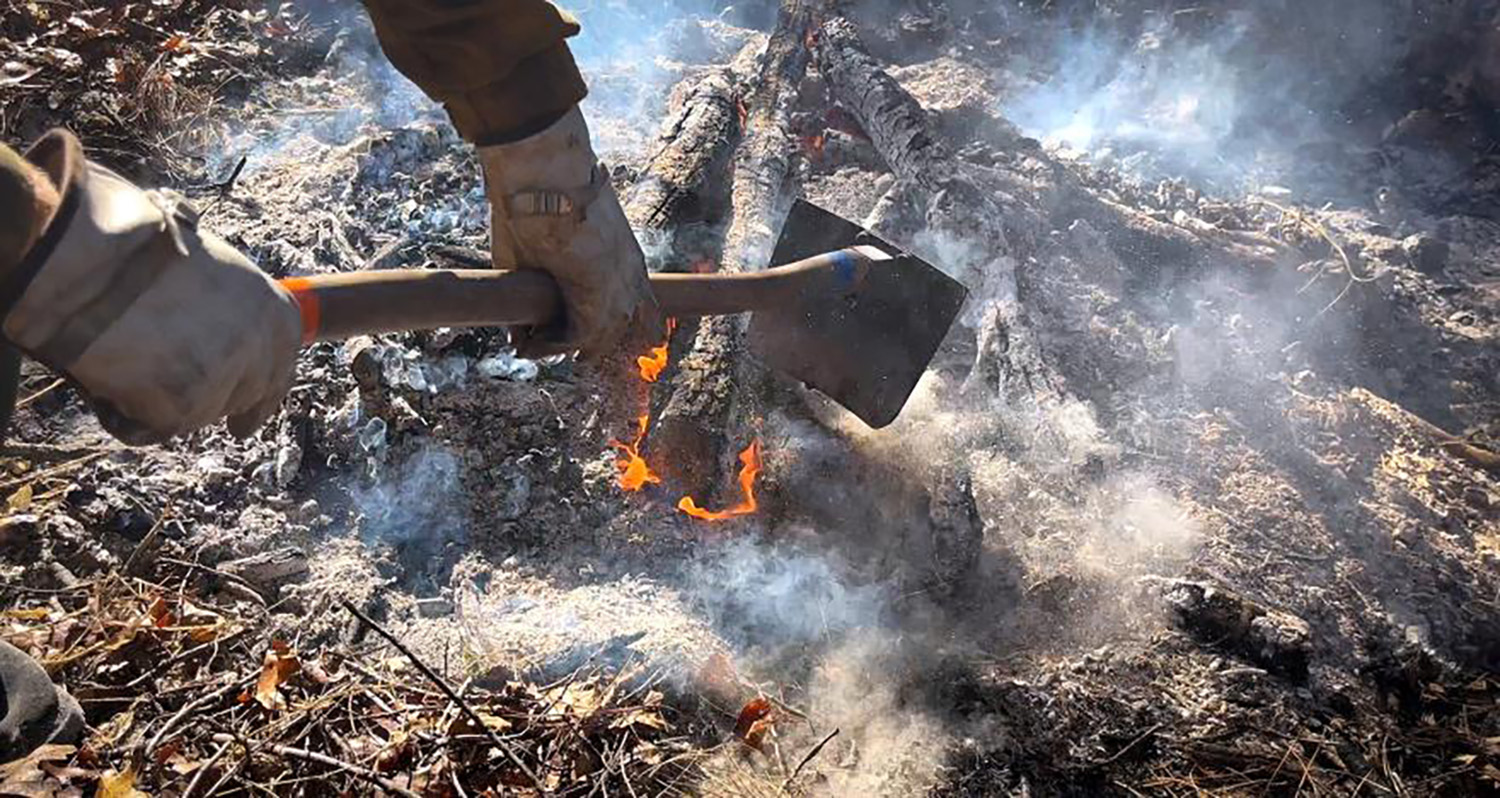
Federal Climate Financial Report Demonstrates Need for Proactive Action on Wildfire Resilience
Over the last decade, suppression has cost the USFS and the Department of the Interior an average of more than $3 billion per year. The Climate Financial Risk report provides estimates for 10 future climate scenarios and a wide range of projections for fire extent and fire suppression spending. A central estimate across the 10 future climate scenarios shows that lands in the National Forest System would experience a near doubling of the area burned by mid-century (2041-2059) and a 42% increase in costs by 2050, to $3.9 billion. Anticipated increased costs of fire suppression due to climate change brings additional urgency to the need for proactive wildfire risk reduction treatments and efforts to protect and prepare communities ahead of wildfires.
120,000 Acres Added to California National Monuments
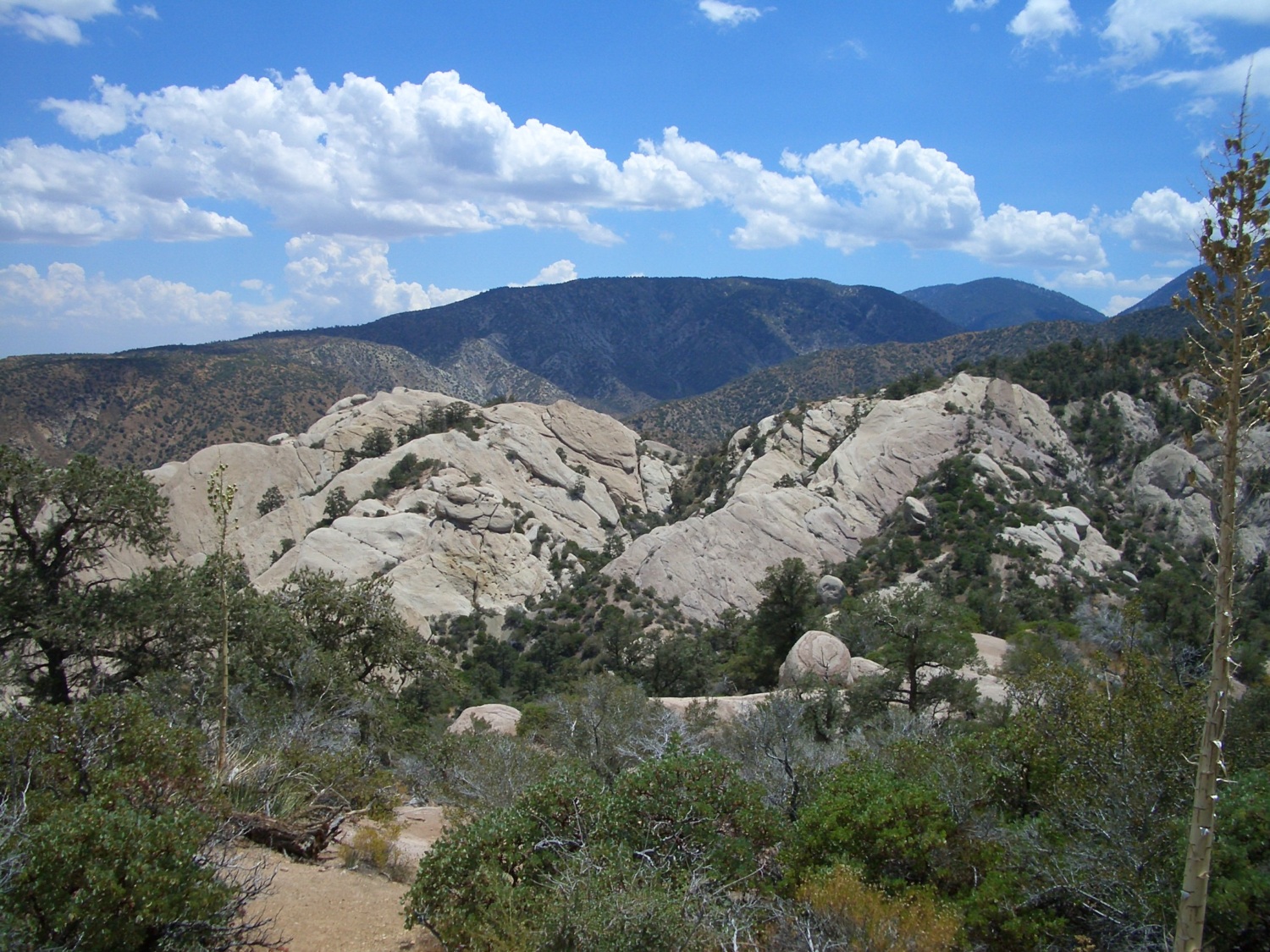
120,000 Acres Added to California National Monuments
May 2, 2024: On May 2, President Biden signed proclamations expanding the San Gabriel Mountains and Berryessa Snow Mountain National Monuments. Together, these actions will protect nearly 120,000 acres of lands in California of scientific, cultural, ecological, and historical importance. This will expand federal wildfire management programs and response to these newly added lands.
105,919 acres of U.S. Forest Service lands will be added to San Gabriel Mountains National Monument. The proclamation directs the U.S. Forest Service to manage the area according to the same terms, conditions, and management as the original national monument designation and calls for development of a management plan for the expansion area that incorporates Indigenous Knowledge and community input.
13,696 acres will be added to Berryessa Snow Mountain National Monument. The proclamation directs the Bureau of Land Management to manage the area according to the same terms, conditions, and management as the original national monument designation and directs the Secretary of the Interior to explore co-stewardship of the area with Tribal Nations.
Giant Sequoia Lands Coalition Exceeds 2023 Goals and Plants 542,000 Trees
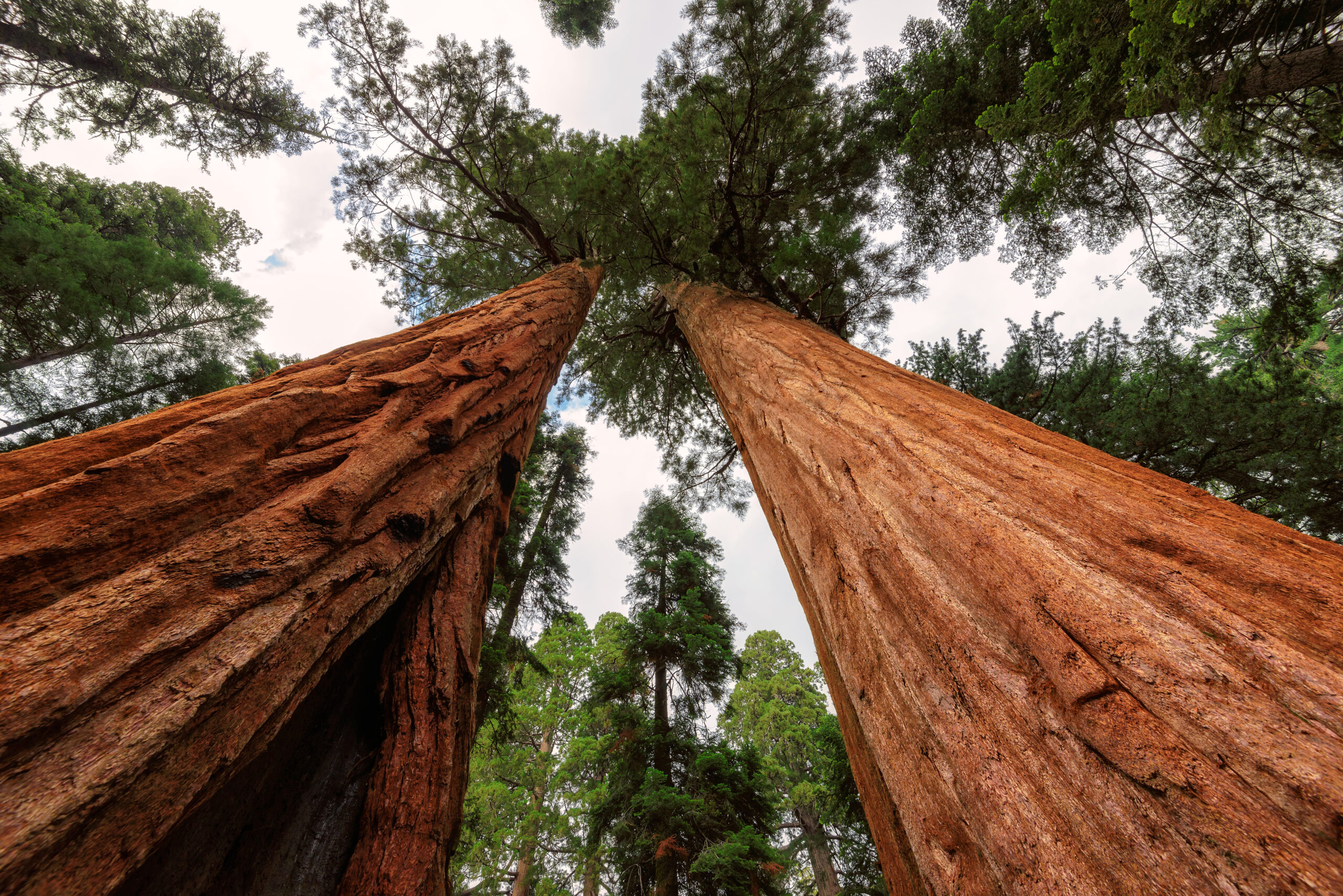
Giant Sequoia Lands Coalition Exceeds 2023 Goals and Plants 542,000 Trees
May 2024: The Giant Sequoia Lands Coalition has exceeded its goals in 2023, its second year of large-scale collaboration. The Coalition, made up of 20 partner entities, treated nearly 9,900 acres in 28 giant sequoia groves in 2023. This restoration work brings the total giant sequoia grove acres treated since the extreme 2020-21 wildfires to 14,143 out of 26,000.
The Coalition also planted over 294,000 native tree seedlings in severely burned areas, bringing the total to over 542,000. Other Coalition accomplishments include initiating and hosting research studies by academic, government, and nonprofit organizations, reviving cultural practices, and expanding co-stewardship agreements with tribes and nonprofits.
